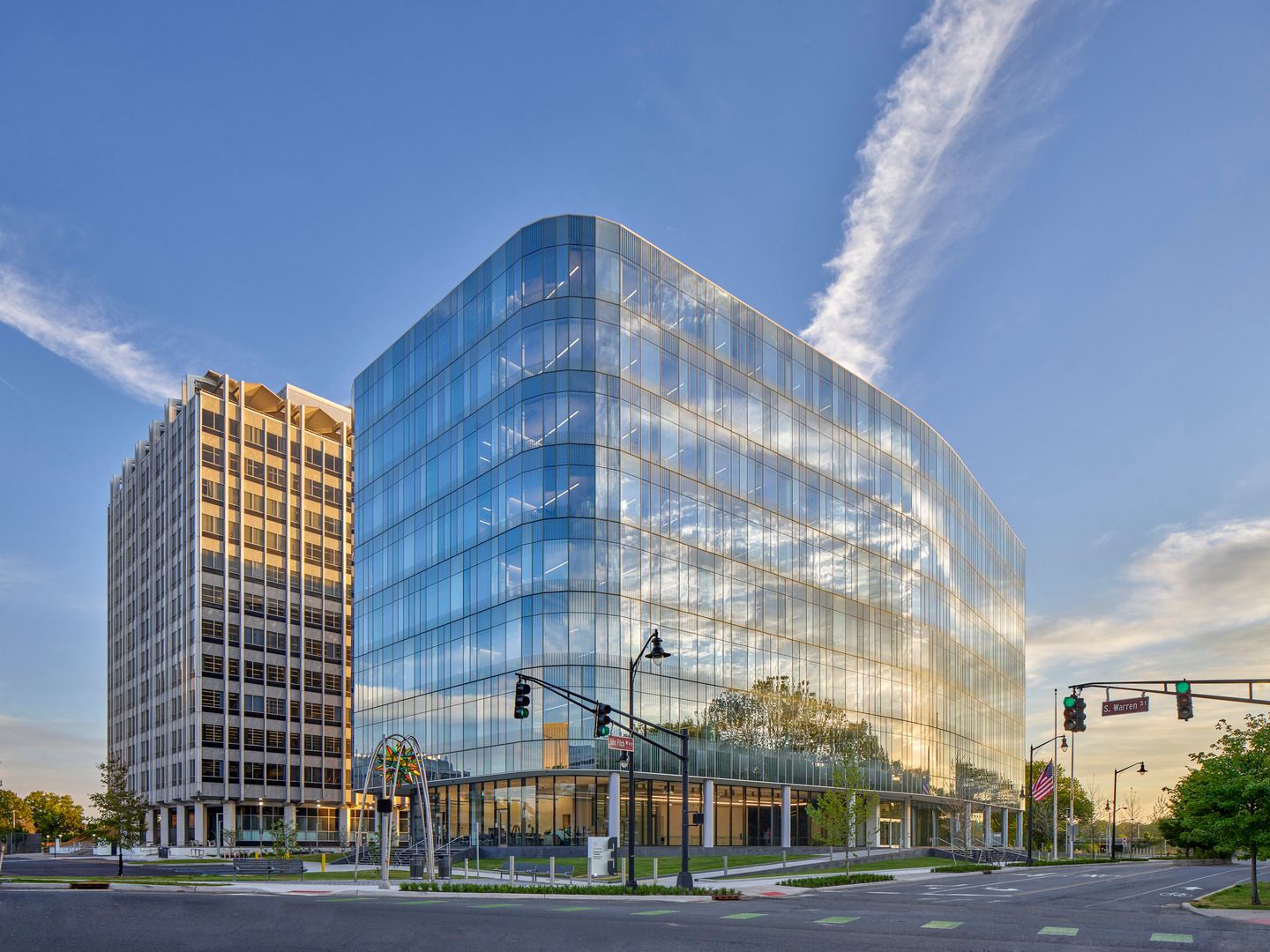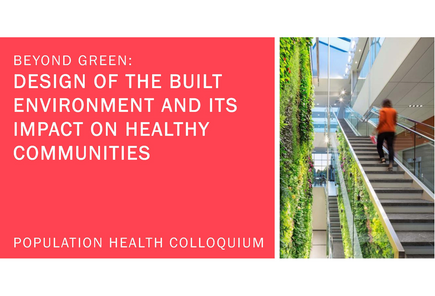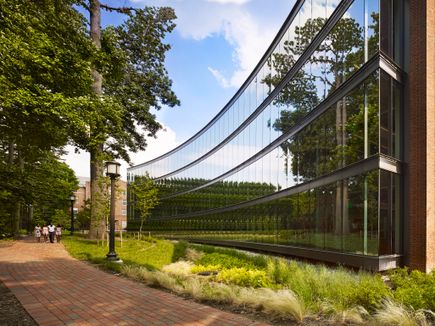Empowering Digital Exploration
Share

Using computer programming for design and documentation can be game-changing for architects. For Ballinger Computational Design Specialist Daniel Howard, AIA, an open mind and an aptitude for understanding and interpreting computer programming created a path to a position he’d never thought he’d hold.
“In school, I really didn’t want to do 3D modeling. I didn’t find it intuitive or applicable to my design process,” he said. “After coming to Ballinger, I had some exposure to Revit and swiftly realized how much easier it made the documentation process. Fast forward a few years and it’s a part of everything I do professionally.”
In 2017, Dan was using his skills in Dynamo—an open-source software platform for computational design and building information modeling (BIM)—and the programming language Python to develop the curtainwall pattern for the State of New Jersey Taxation Building, a 210,000 SF building in Trenton, New Jersey. “We used algorithmic design techniques in Dynamo and Python to randomize placement of two unitized panel types and three glass types, with strict rules for adjacency,” said Dan, “By the end of the design process, we’d done well over 100 studies of systems, materials, and patterning to achieve the exact effect we were looking for.” The result is a cost-effective façade design that is aesthetically pleasing and maintains the appropriate ratio of reflectivity. The work inspired Dan to transition from the role of Project Architect to Computational Design Specialist.

At Ballinger, we design with an eye toward the future and are driven by a spirit of inquiry. To advance Ballinger’s integrated design process through research, innovation, and collaboration, we established a working group focused on digital design. Centered on silo-breaking, this multidisciplinary group is harnessing cutting-edge digital tools to optimize optionality, building energy management, automation, and parametric design.
It’s no surprise that Dan is deeply involved in this initiative. “Knowledge sharing is integral to the success of any practice and it’s exciting to organize our efforts around emerging technologies,” he said. In the spirit of knowledge sharing, Dan encourages any designer curious about programming and 3D modeling tools to explore and experiment. “Learning to embrace advanced digital tools completely changed my career,” he said. “The potential of generative design opens up even greater opportunity for exploration.”
Looking for more insight on how to use automation to improve your design workflow? Check out this recent presentation Dan gave to members of the AIA West Jersey Chapter.



